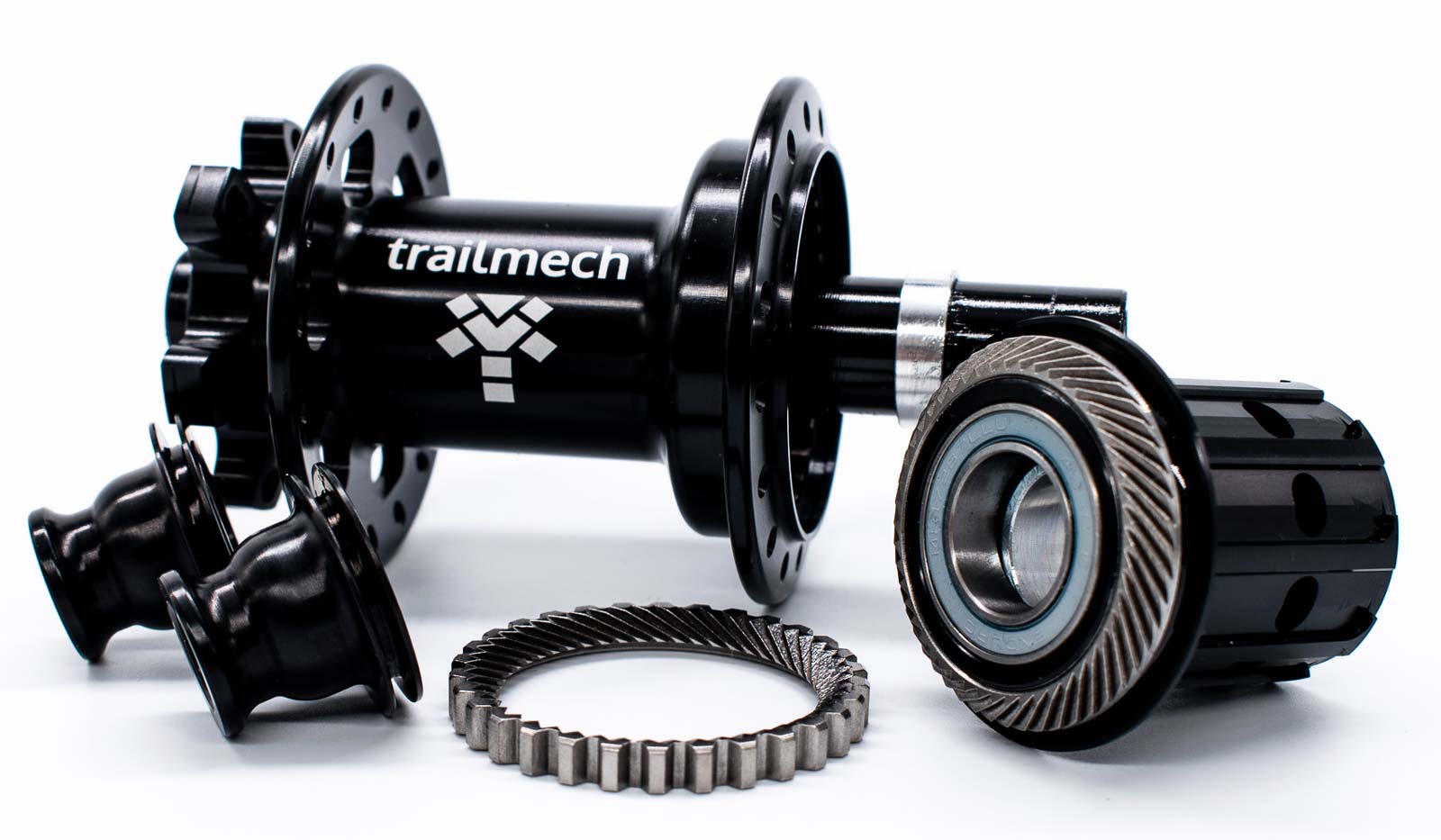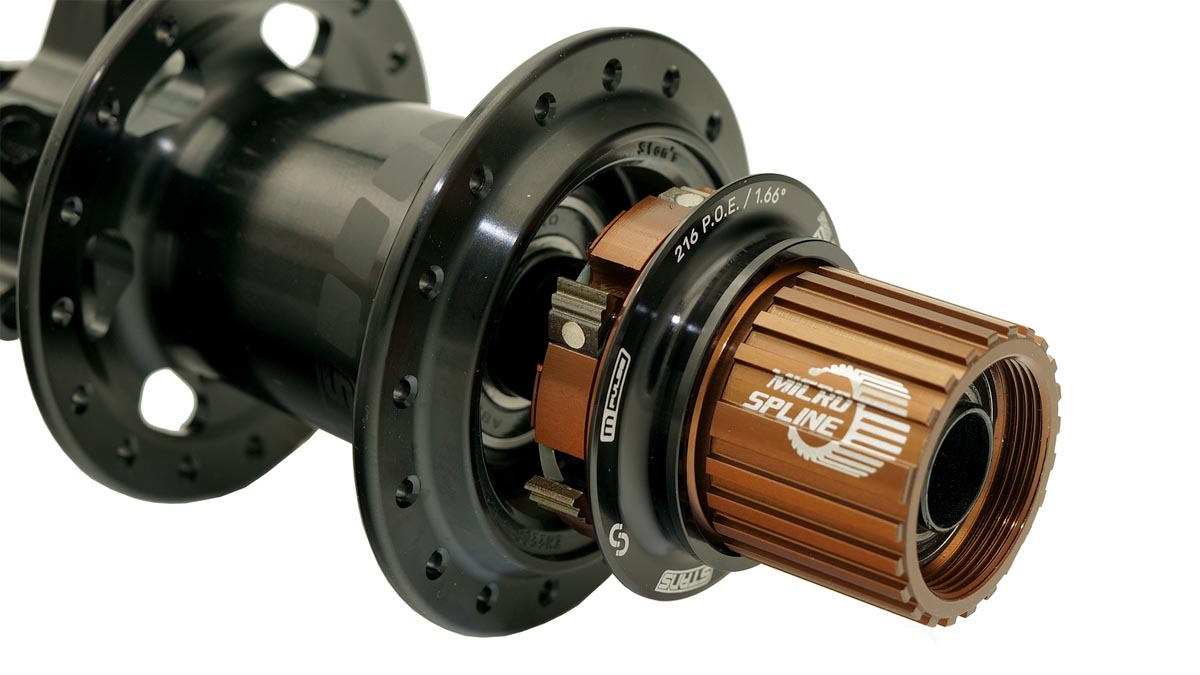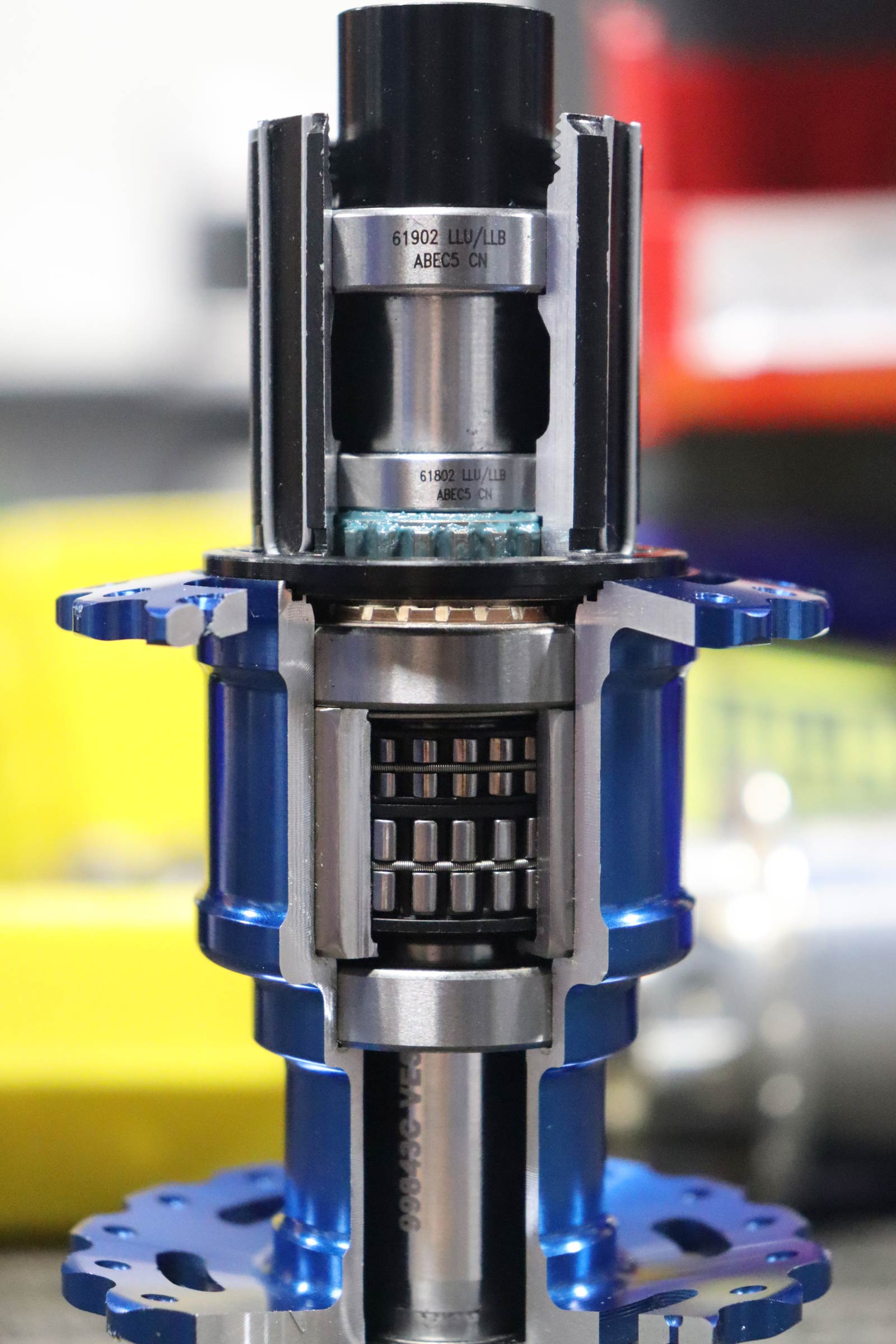We know, there’s no such thing as a stupid question. But there are some questions you might not want to ask your local shop or riding buddies. AASQ is our weekly series where we get to the bottom of your questions – serious or otherwise. Hit the link at the bottom of the post to submit your own question.
This week we are joined by hub design experts at Tairin Wheels, Onyx, TrailMech and Stan’s NoTubes, to take on a reader’s question about silent hubs. Aside from the absence of the sound of a swarm of angry wasps (which many folk are into), what are the actual benefits, if any, of a silent rear hub? Your contributors are as follows:
- Daniel Orellana, Jim Gerhardt and Shannon Hansen at Onyx Racing Products
- Jose Hsu, Design Engineer at Tairin Wheels
- Alexander Ivanov, Managing Director and Lead Designer at TrailMech
- Stan’s NoTubes – this was a collaborative effort from multiple engineers
Are there any advantages to a silent hub? Brands are going to great lengths to make quiet or completely silent hubs, but are there actually any durability advantages, or drag reduction to benefit from as a bonus?
Tairin Wheels: While there aren’t many designs of completely silent hubs out there compared to the abundance of ratcheting hub designs, a silent clutch design can be approached in many different ways. Aside from the benefits of being silent when freewheeling, one of the goals for a silent clutch design is to reduce the wear in the engaging mechanism, should it be a roller clutch, sprag, or an interference clutch with retracting elements.

The ratcheting you hear on standard hubs comes from the potential energy stored in the pawl or ratchet spring converting into kinetic mechanical energy in the form of sound waves. The first and most obvious observation is the energy loss, referred to as friction in the clutch against freewheeling; but another occurring consequence is wear at the point of contact. If the ratcheting element/geometry is the same used for engaging and torque transfer, eventually, at some point there will be significant wear to impede or lower the torque transfer rating. A slipping ratcheting mechanism most often leads to complete failure soon after.
For those that would say that they never had problems with wear on their mechanisms or ratchet rings, the effect of wear is more evident the smaller the teeth, the higher the engagement points in a revolution.
An interference mechanism with retracting elements is the approach we take in our upcoming silent hub design, where we separate the friction bearing element out of the engaging mechanism, with the benefit of silent freewheeling. Interference mechanisms, like seen in all ratcheting designs, offer the best weight to strength ratio for torque transfer. This is especially true in face gears (star ratchets), which are fantastic when the teeth are of adequate size, but can suffer from wear failures at a higher teeth count per same ring diameter (higher POE) just from freewheeling. With an initiator/retracting mechanism, the wear of the teeth is spared.
Onyx: There can be many advantages to a silent rear hub. Some of the feedback we’ve gathered over the years has aimed at silent hubs offering a more pleasant ride and connection with nature on the trail. This also allows the rider to hear all the other noises on the bike, albeit good and bad, such as tires working, suspension moving, brakes rubbing, and even cable rattle against the frame.

The mechanical relation to a silent hub is usually the drag coefficient of the engagement system. At many times the rider is coasting/freewheeling and many high engagement hub systems have a large amount of drag in this motion from the pawl/ratchet assemblies moving over their engagement teeth. On the Onyx Design, the Sprag clutch glides on a smooth surface which provides minimal drag and gives the byproduct of silence. A lack of drag helps riders sustain speed and efficiency when freewheeling. Durability would not be related to the noise in our hub, but it may be on other designs.
TrailMech: One must be clear about what the term “advantage” means in this context. We will stick with these two: durability and reduced drag. And in both cases, there is no universal answer. It depends on the design. It is not possible to derive these characteristics based on a single attribute: silence. Indeed, it is also a characteristic of the design – whether the hub is silent or not.
Recently, there was an attempt to introduce retractable “ratchets”. That is, to completely remove whatever contact may be between ratchet parts in the disengaged mode. If there is progress with this approach – drag will be lower, compared with similar ratchet designs. Durability? Hard to say. One can think that ratchets themselves will do better. Possible, yes.
What about that retracting mechanism? How durable it will be? What about ratchets: how well they will operate? Especially at the “about to engage” point? Without an in-depth analysis of a particular design and its embodiment, it’s hard to tell.

On the other known design, there is a one-way bearing type. If one were to use bearings theory, drag losses depend on the bearing’s diameter. It is not the only component, but it does contribute there. The larger it becomes the greater the resulting drag losses. The diameter of such mechanisms is comparable, or larger, to the size of a typical bearing used in rear hubs. Thus, it’s like an extra bearing that one needs to account for from a drag loss perspective. We haven’t done our own study to suggest any real comparative data.
In our view – it is not obvious, to say the least, that such designs bring a benefit there. What about the durability of such designs? Even though hardened steel is the material of choice there, it still wears out. And we all know that weight is an important factor. Thus, making a part “beefier” as a way to drive up durability is hardly an option. Wear hardening caused by normal operations gradually kicks in. It may not render the part unusable but will affect performance. E.g. engagement angle increases over time. Again, one needs to put things into perspective. These systems are durable in our view. At the same time, we do not consider that the design “per se” offers higher durability.
Stan’s: The main appeal of silent hubs seems to be creating a more quiet, natural riding experience. How you go about making a hub silent depends on engagement type, subtle design features, and component qualities. Some quiet hubs drag more than some loud hubs, and there’s no actual correlation between noise reduction and drag reduction or durability.

With the new M-pulse, we didn’t set out to prioritize the sound. We thought some degree of “hub sound” was acceptable, with the main focus on exceptional durability, and relatively low drag. Form followed function for us, and function wasn’t silent.
Got a question of your own? Click here to use the Ask A Stupid Question form to submit questions on any cycling-related topic of your choice, and we’ll get the experts to answer them for you!


